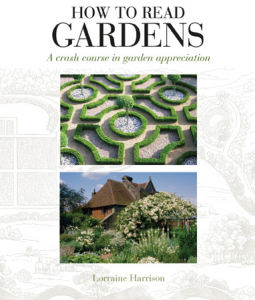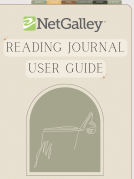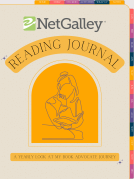
How to Read Gardens
A crash course in garden appreciation
by Lorraine Harrison
This title was previously available on NetGalley and is now archived.
Send NetGalley books directly to your Kindle or Kindle app
1
To read on a Kindle or Kindle app, please add kindle@netgalley.com as an approved email address to receive files in your Amazon account. Click here for step-by-step instructions.
2
Also find your Kindle email address within your Amazon account, and enter it here.
Pub Date 5 Mar 2018 | Archive Date 8 May 2018
Quarto Publishing Group - Ivy Press | Ivy Press
Talking about this book? Use #HowToReadGardens #NetGalley. More hashtag tips!
Description
Garden visiting has never been so popular but how many of us really understand what we are looking at when strolling through a beautiful garden? Are we looking at an original landscaped site or a re-creation? Is the planting matter authentic or made up of modern hybrids? Are the steps and terracing in the Italianate style or are they Arts and Crafts? The truth is that most gardens of any age are like a palimpsest: successive generations have changed and influenced the soft and hard fabric of the place over time. Inevitably many of the gardens we wander through today are an amalgam of changing fashions and circumstance. Garden landscapes can plot the rise and fall of a family’s fortunes, record man’s exploratory spirit through the introduction of foreign plant species, and chart the destruction (and regeneration) caused by natural disasters.
How to Read Gardens provides you with all the knowledge you needs to tease out the clues that will tell the complete story of a garden’s past. From the grandest estate to the smallest suburban plot, this book will enliven and inform every future garden visit.
Available Editions
| EDITION | Other Format |
| ISBN | 9781782406037 |
| PRICE | US$17.99 (USD) |












